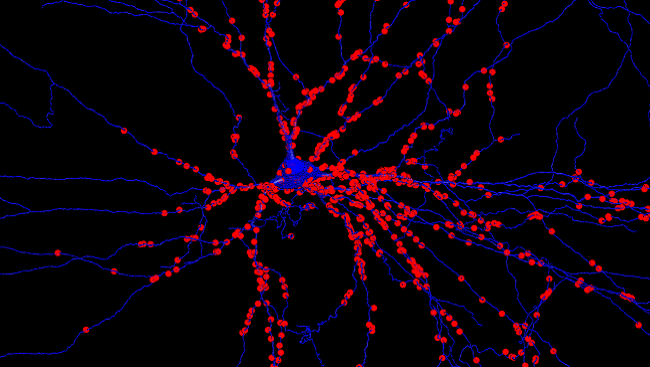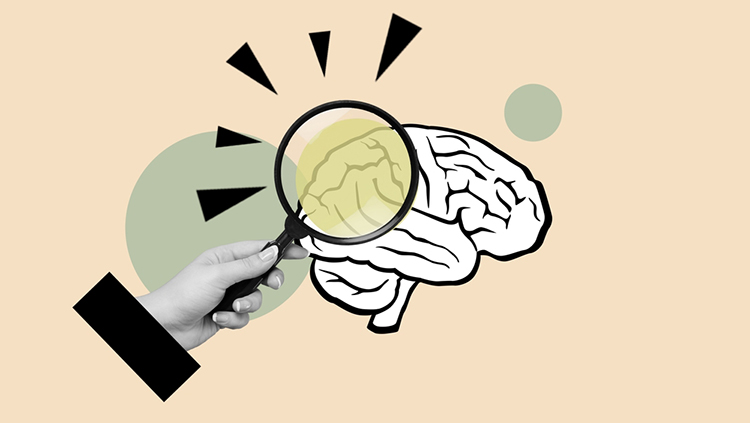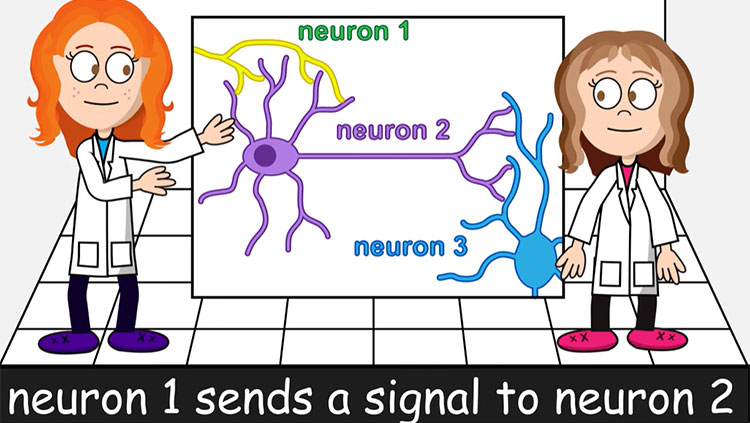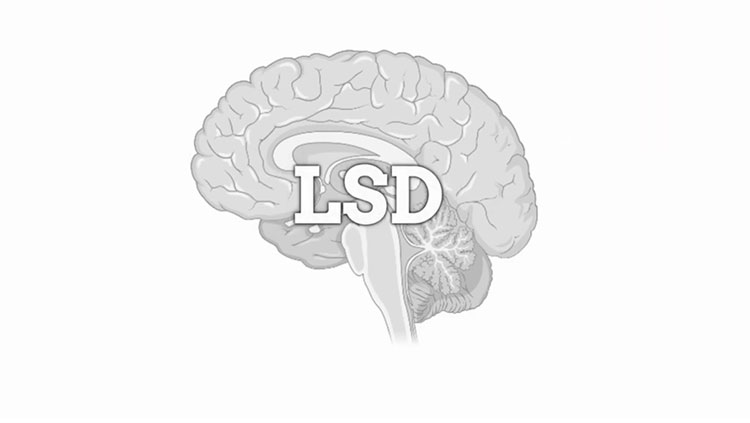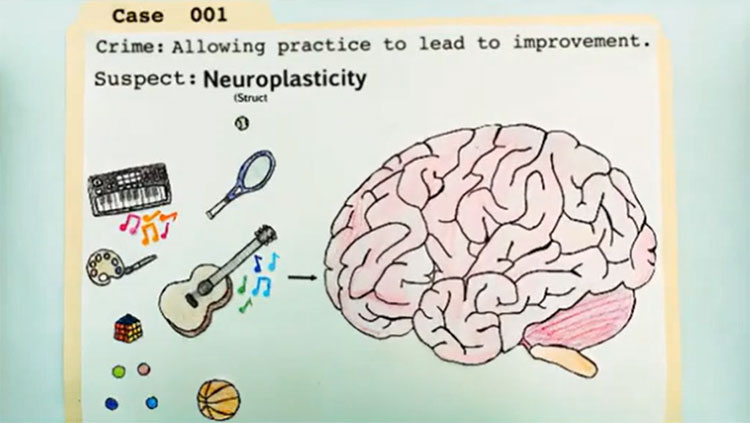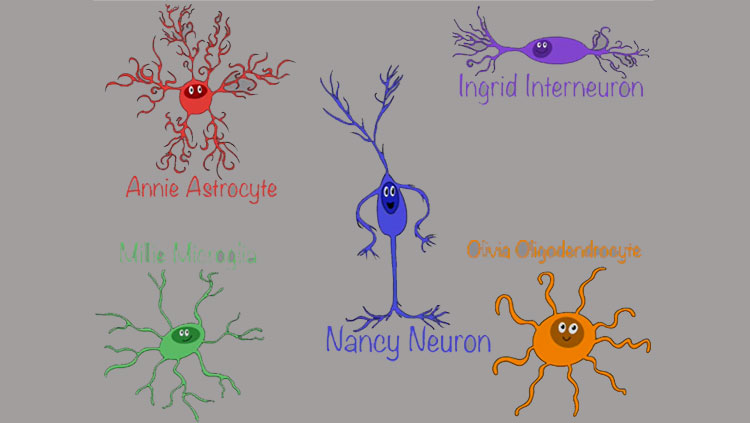Extracellular Vesicles Facilitate Communication Between Cells in the Central Nervous System
- Published23 Oct 2024
- Author Bella Isaacs-Thomas
- Source BrainFacts/SfN
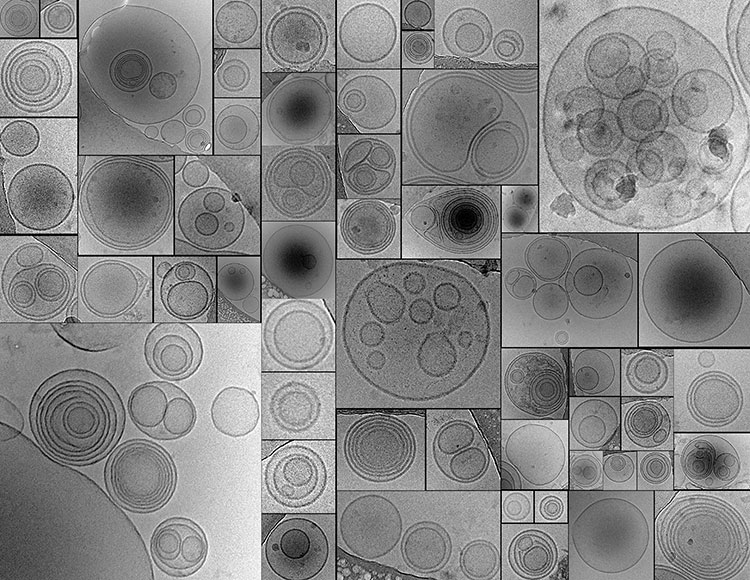
Lots of different neurons and glial cells work together in our brains to keep things running. To do their jobs, these cells must collaborate. That’s where extracellular vesicles (EVs) come in. Cells produce and release these particles, which then travel and attach to other cells, serving as a kind of communication and delivery tool to help carry out a wide array of tasks.
A new review in the Journal of Neuroscience from an international group of researchers describes how brain development, neuroplasticity, innate immune responses, and other important biological functions rely in part on cells exchanging EVs. This image, featured on the journal’s cover in October just before the annual meeting of the Society for Neuroscience in Chicago, offers a unique view of this cellular machinery. It’s a compilation of 3D, microscopic images of flash-frozen EVs derived from a mouse brain.
The “cargo” these cells release ranges from lipids to proteins to nucleic acids — like a neuronal EV which contains microRNA, molecules capable of regulating gene expression, and ultimately reduces the number of messages a recipient cell can take in. The images also show multivesicular bodies, which can contribute to the release of some EV types known as exosomes. Oligodendroglial exomes, for example, help maintain axon function in the long term, so axons have more energy to send messages to neurons.
Certain types of EV delivery between cells may be key to neurodegenerative processes. The authors note keeping track of those EVs and their cargoes could one day be a tool for monitoring disease progression in some cases. But they also emphasize new tools will be necessary to research this phenomenon. Scientists have much more work ahead before they could potentially manipulate the EV exchange process to benefit human health.
CONTENT PROVIDED BY
BrainFacts/SfN
References
What to Read Next
Also In Cells & Circuits
Trending
Popular articles on BrainFacts.org


.jpg)
